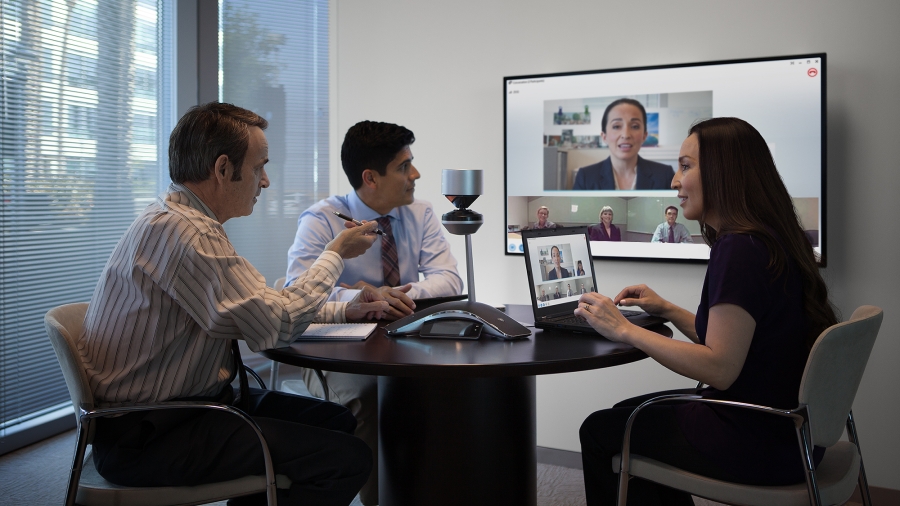The 5 disruptive business models powered by smart tech
Samsung Towards a Smarter Society report: Part 6

The most radical effects of technological innovation are nearly always associated with new business models, yet this is often the part of innovation we understand least well.
Our evidence suggests that smart technology creates new value through novel business models that are capable of unleashing meteoric efficiency improvements and allowing for stronger and more meaningful relationships. Business models in the era of smart are characterised by the following five interrelated key features.
1. Platforms and networks
Because the internet of things and machine-to-machine communication technologies will underpin hyper-connectivity that is the crux of the smart society, business models that harness the power of platforms and networks will be increasingly common.
Platforms create multi-sided networks, where consumers, businesses and government interact in smarter ways to create value.[1] This will have profound implications on the way we live, work and play.
For example, the smart home augmented by the Hub of All Things platform effectively creates smart households. Businesses use the HAT platform to provide more personalised and tailored products and services to households.
Armed with real-time information and being in control of our personal data, households will be able to make better everyday decisions, including spending on food and non-food items, energy usage, choice of diet and amount of exercise to be undertaken. Social media that are already so pervasive in our society today are essentially platform-based business models that enable the creation and spread of networks.
2. Big data
If platforms and networks are the engine of smart applications, big data is the fuel that powers that engine. Business models where platforms are an integral part harness the potential of huge amounts of data to deliver products and services that improve our quality of life.
Sign up to the TechRadar Pro newsletter to get all the top news, opinion, features and guidance your business needs to succeed!
Autonomous vehicles combine high volumes of real-time structured and unstructured data – 1GB per second, or 2 petabytes a year [2] – and predictive algorithms through Complex Event Processing (CEP) to afford us the convenience of getting around safely without actually driving, [3] an undoubtedly welcome assistance in heavy rush hour traffic.
Similarly, the HAT combines massive amounts of our personal data collected by smart sensors, and layers them with context through triangulation, to help us make better decisions and obtain products and services that better meet our needs.
3. Deep personalisation and mass customisation
Digital technologies enable fresh approaches to the manufacturing, design and delivery of almost everything, hence allowing products and services to embed digital interfaces for personalisation and connectivity.
Smart defies paradox – the emergence of novel business models that allow the masses to custom-purchase by deeply personalising their acquisition means products and services can better fit our lives.24
Deeper personalisation and mass customisation generate new ways for individuals to receive different experiences from a common platform, whether it be the use of 3D printing to create individually tailored shoes, or using an algorithm to tailor the experience of a video-on-demand service such as Netflix. Our smartphones are arguably the most deeply personalised device we own.
High-end hotels similarly offer highly tailored hospitality down to the minute details. But in the era of smart, this trend becomes the norm, and is accessible to the masses, as it will commonly extend to personalised healthcare services, energy tariffs, financial products and even dining and leisure experiences
4. Horizontalisation
Thanks to connected devices and smart platforms, business models of the future are also able to increasingly transcend verticals and provide a previously unimaginable array of services on a single hub. The smartphone is the catalyst of this revolution.
While we previously needed to purchase and carry the camera, alarm clock, calculator, DVD player, laptop, mp3 player, maps, satnav and notepads as separate items, they all now form a neat, and easily obtainable, collection in our smartphone. There is no doubting the convenience and efficiency gains we enjoy from a one-stop shop.